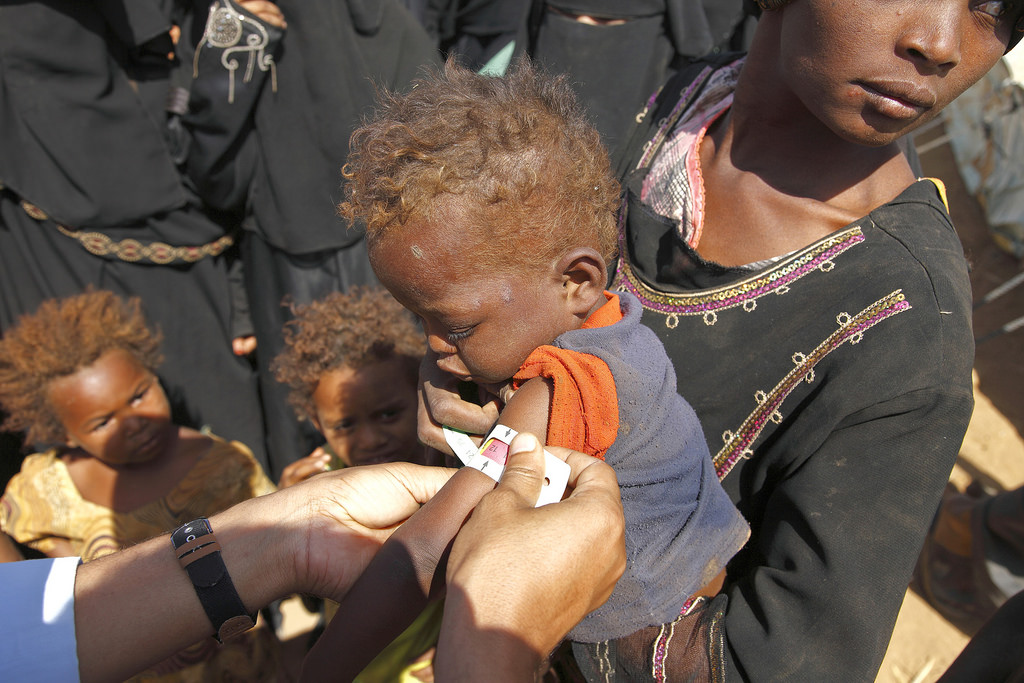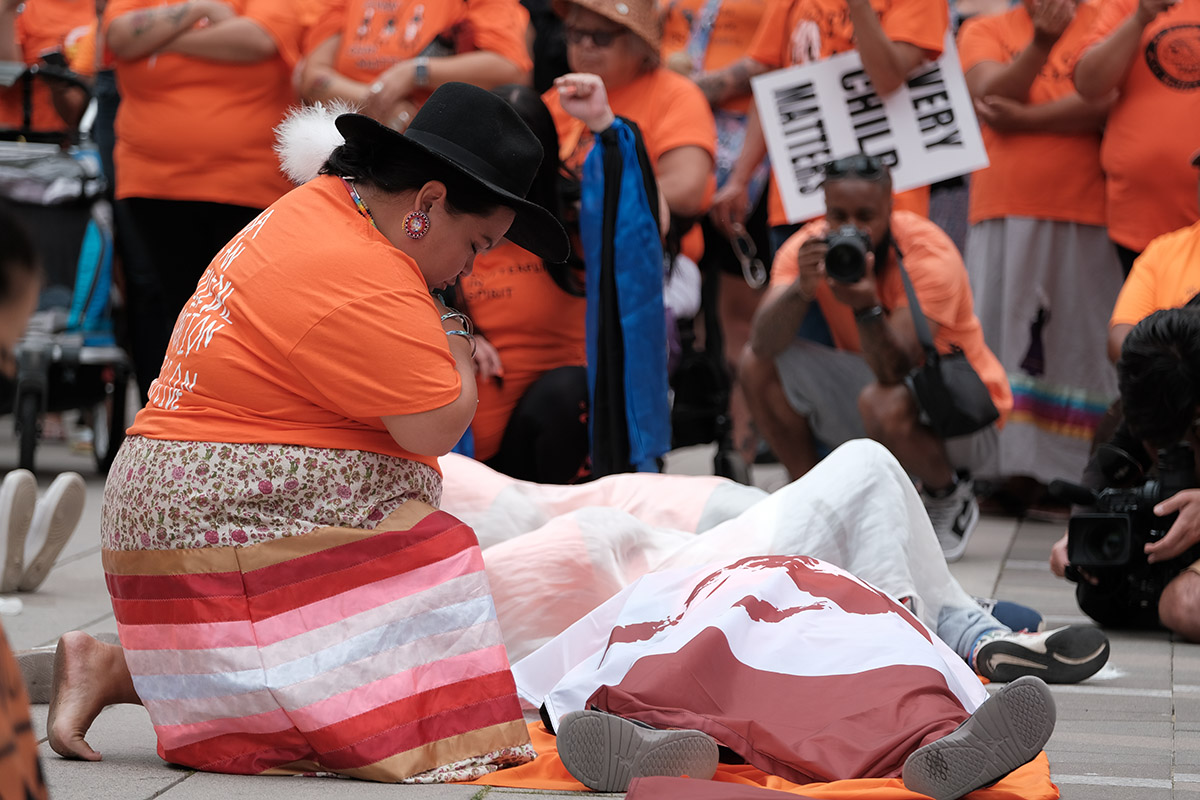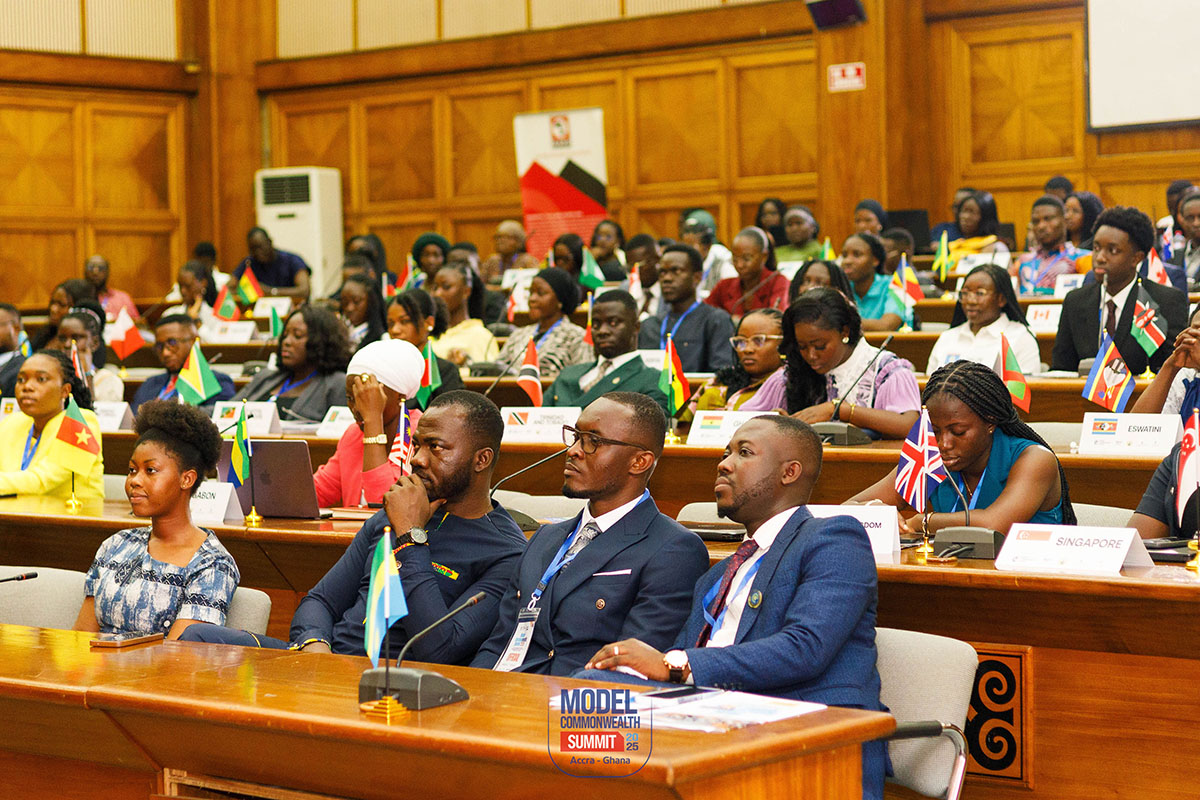“Teetering on the brink: Yemeni crisis”
June 21 The humanitarian crisis in Yemen is creating headlines around the world. Aisha Anne Habiba, 27, a Commonwealth Correspondent from Mombasa in Kenya, looks at the history of the conflict and examines some of the broader politics involved.
The humanitarian crisis in Yemen is creating headlines around the world. Aisha Anne Habiba, 27, a Commonwealth Correspondent from Mombasa in Kenya, looks at the history of the conflict and examines some of the broader politics involved.
The Yemeni Civil War began in 2015 as a Houthi-led revolution against the de jure Yemeni Government. The warring factions led by the Houthi insurgency pledging alliance to former president Ali Abdullah Sale are pitted against the Yemeni military and the government of Abdrabbuh Mansur Hadi. The Supreme Revolutionary Committee formed by the Zaidiyyah Shia, also known as Ansar Allah or Houthis, mobilised troops to overthrow the president and seize southern provinces in the outskirts of Aden, the bastion of Hadi government, forcing him to flee the country.
In a retaliatory attack, Saudi Arabia launched a military intervention called Operation Decisive Storm. It included other pro-government allies from nine African and Middle East countries. The United States offered behind-the-scenes assistance through coordinating military and intelligence support. Somalia, Djibouti and Eritrea pledged allegiance to Hadi’s government as they allowed their territories to be used by special operations forces including armed drones, perhaps to consolidate financial gains. Yemen became the proxy battlefield for states that opposed the Houthi insurgency, reportedly backed by Iran.
The exacerbation of the war in Yemen through international military allegiances is an overt indication of the ever increasing tension between Iran and Saudi Arabia. This has resulted in serious ramifications that have further affected the fragile geopolitics of the Gulf. In an attempt to reshuffle regional order, Yemen is experiencing one of the worst humanitarian crises in history: two-thirds of the population are in dire need of humanitarian assistance and protection. The most affected by the conflict are the civilian population. More than 7,000 people have lost their lives, approximately 45,000 have been injured, an estimated two million are internally displaced. The country is teetering at the brink of famine as it is experiencing the world’s largest food security crisis.
The importation of essential goods has come to a standstill as the Saudi-led blockade has rapidly turned the conflict into a “game of survival”. Virtually all water in Yemen needs to be pumped from wells, but the few remaining companies are operating on partial capacity. Water has become a scarce commodity. Unemployment, sporadic electricity and lack of hospital supplies have become the order of the day as hospitals, food producers and humanitarian aid warehouses have not been spared from aerial assaults. According to a report by UNICEF, approximately 300,000 children below the age of five will experience acute malnutrition. The Houthi rebels were also reportedly using deprivation and starvation as weapons of war by restricting humanitarian aid and food imports.
Violence against women and children proliferates during war as they are disproportionately targeted through forced marriage, abuse and exploitation. Houthi rebels and pro-government militia were recruiting children below the age of 18, forcing them to fight for their cause as child soldiers. Reports by the Human Rights Watch and Amnesty International indicated that the Saudi-led coalition was intentionally targeting civilians by failing to distinguish between civilians and military troops. Displaced persons camps, markets, and even civilian homes were under fire, amounting to war crimes in what Human Rights Watch termed “a violation of the laws of war”. Many of the casualties are women and children. Journalists and renowned media personalities were not spared, either.
Contravention of international humanitarian law by both the Supreme Revolutionary Committee and Saudi Coalition has caused enormous suffering to civilians and shows that the warring factions do not recognise the basic human rights of persons. A comprehensive ceasefire was reached in November 2016 following another operation dubbed “Operation Restore Hope”. However, there have been several violations of the ceasefire as negotiations between the two sides have broken down, resulting in more civilian casualties. As part of a regional retrenchment, Russia is pursuing consensus with the Yemeni government in coordination with the UN.
Yemen’s instability stems from political and economic grievances that fuel the armed opposition. Comprehensive and all-inclusive efforts are needed to broker a political resolution to end the civil war. Nonetheless, all efforts could come to naught if both factions do not raise the “white flag”.
photo credit: IRIN Photos Mazrak Camp, north-west Yemen via photopin (license)
…………………………………………………………………………………………………………………
About me: Working as a Gender, Communications and Research Assistant at an NGO, my passion is to inspire positive and sustainable breakthrough in the livelihoods of vulnerable women and children dealing with diminished status. I am ardent about the eradication of poverty caused by gender inequality because I believe that poverty is sexist. My ultimate goal is to be the next Wangari Maathai, an activist-writer who would pioneer a women’s movement aimed at lobbying for improved socioeconomic rights for women.
…………………………………………………………………………………………………………………
Opinions expressed in this article are those of the author and do not necessarily represent the views of the Commonwealth Youth Programme. Articles are published in a spirit of dialogue, respect and understanding. If you disagree, why not submit a response?
To learn more about becoming a Commonwealth Correspondent please visit: http://www.yourcommonwealth.org/submit-articles/
…………………………………………………………………………………………………………………
Page 2




